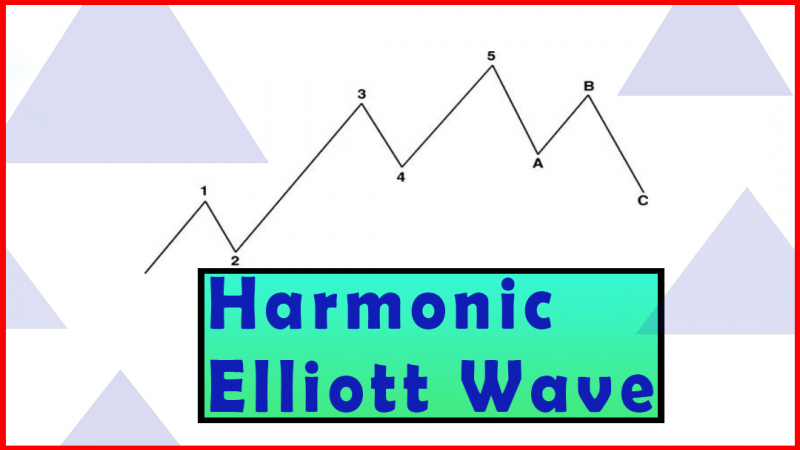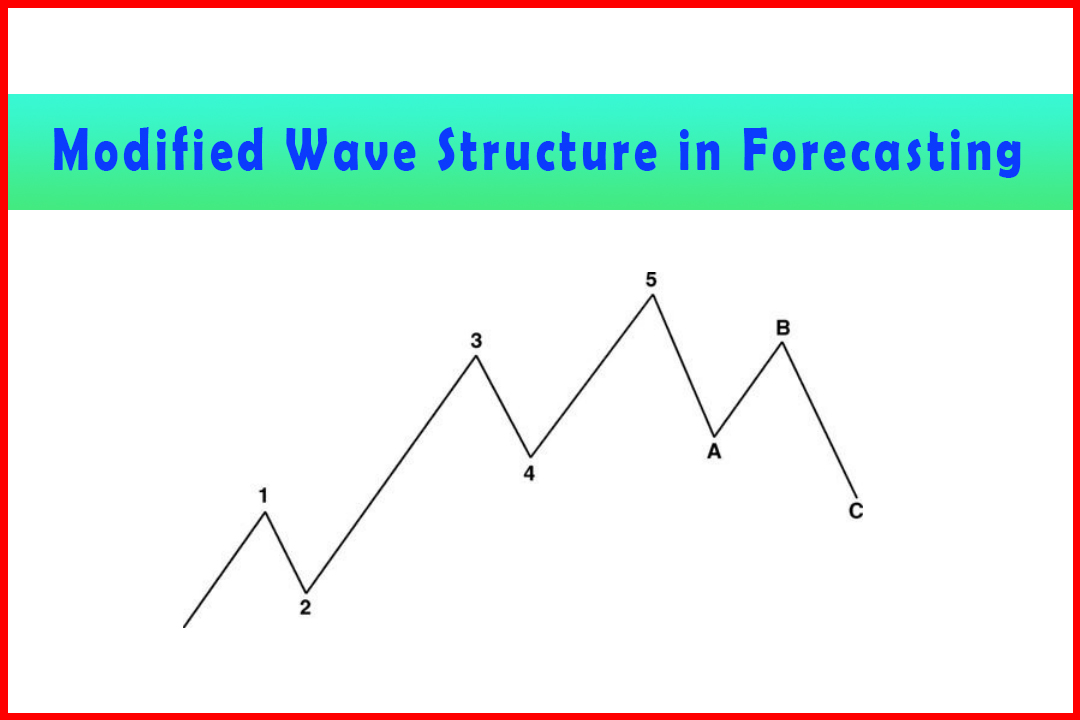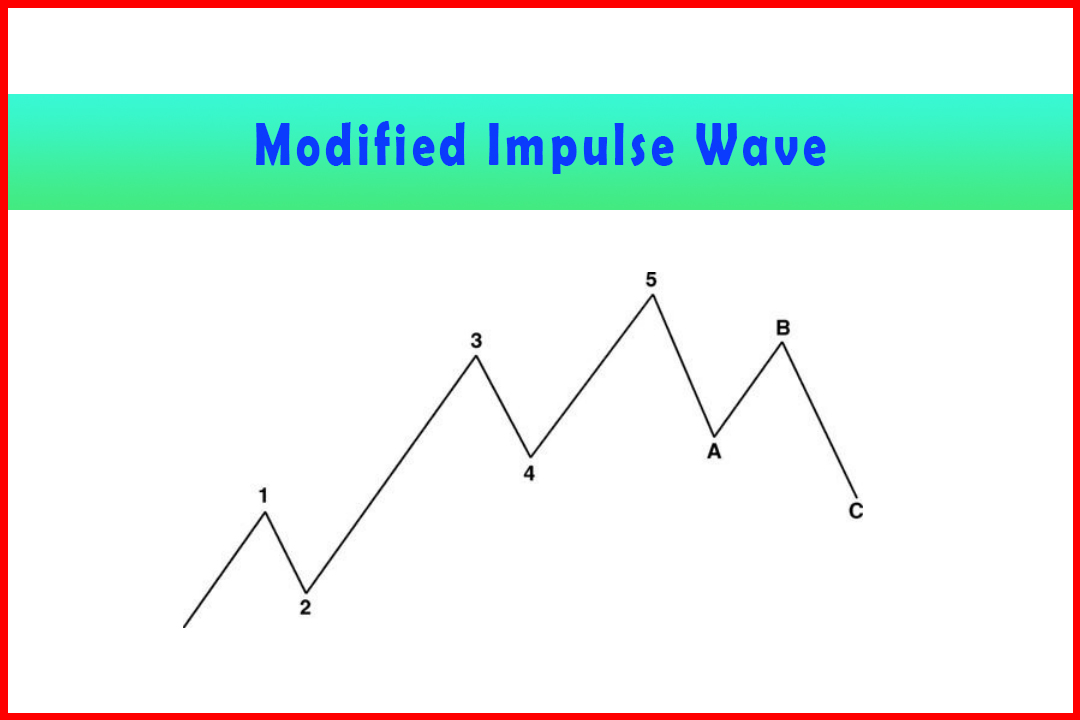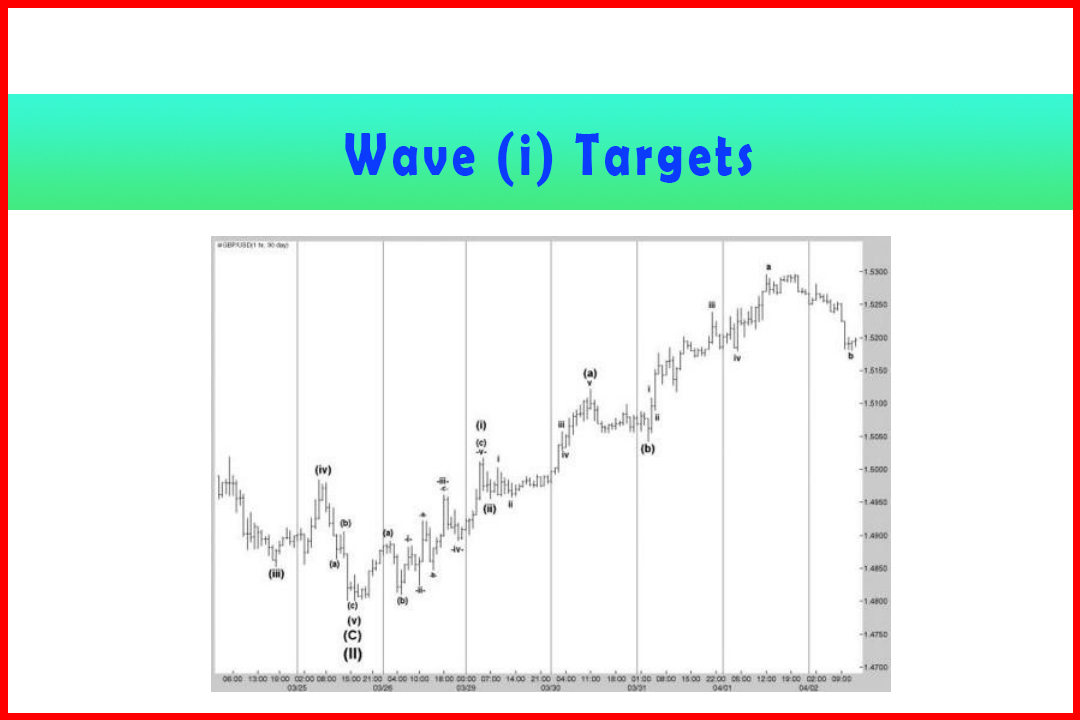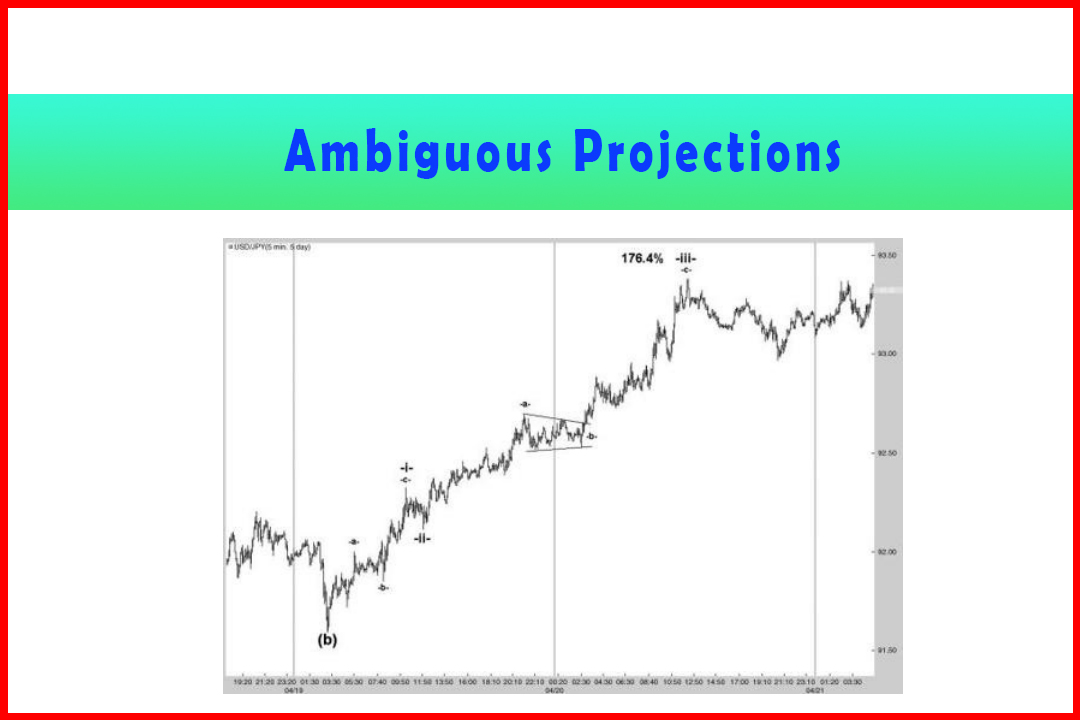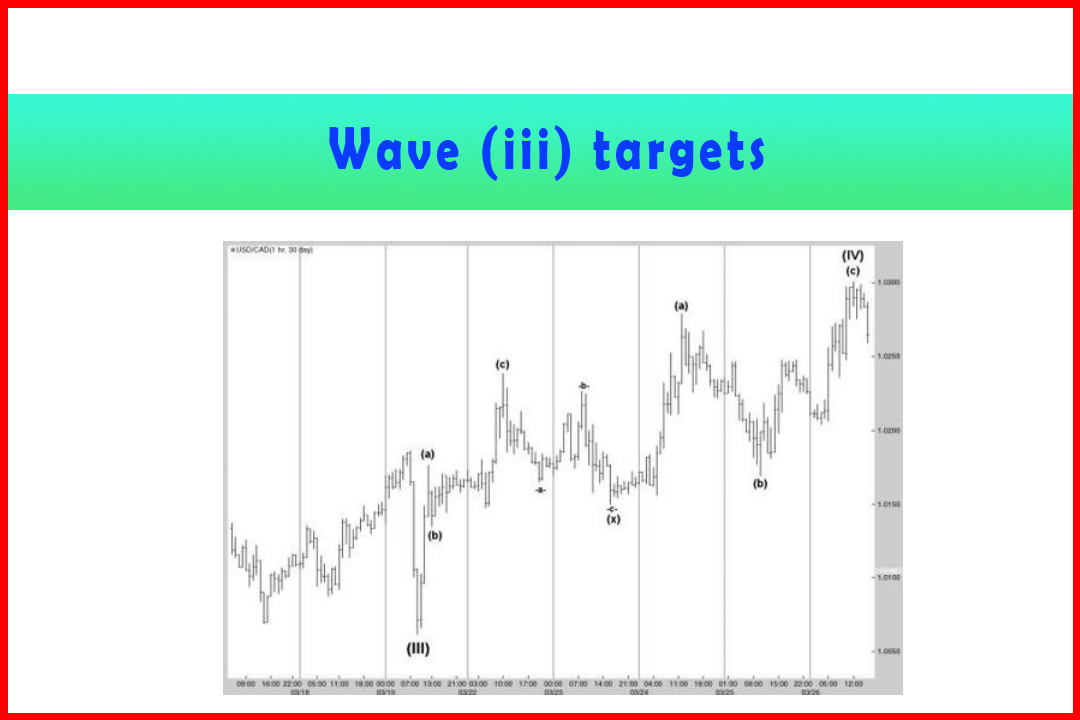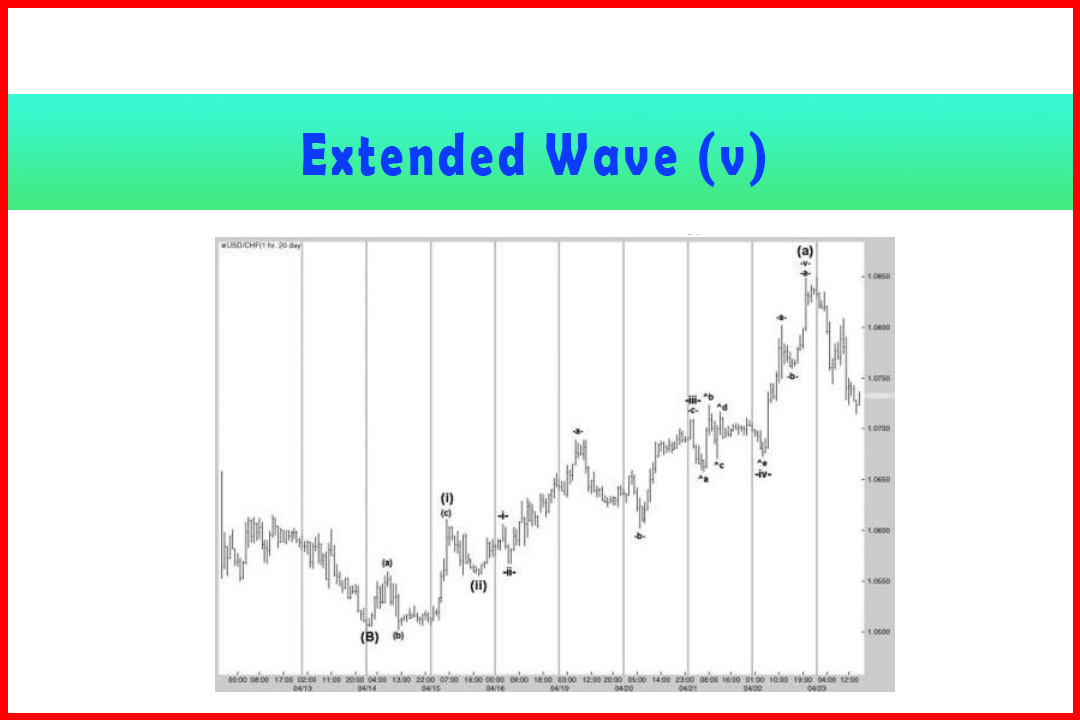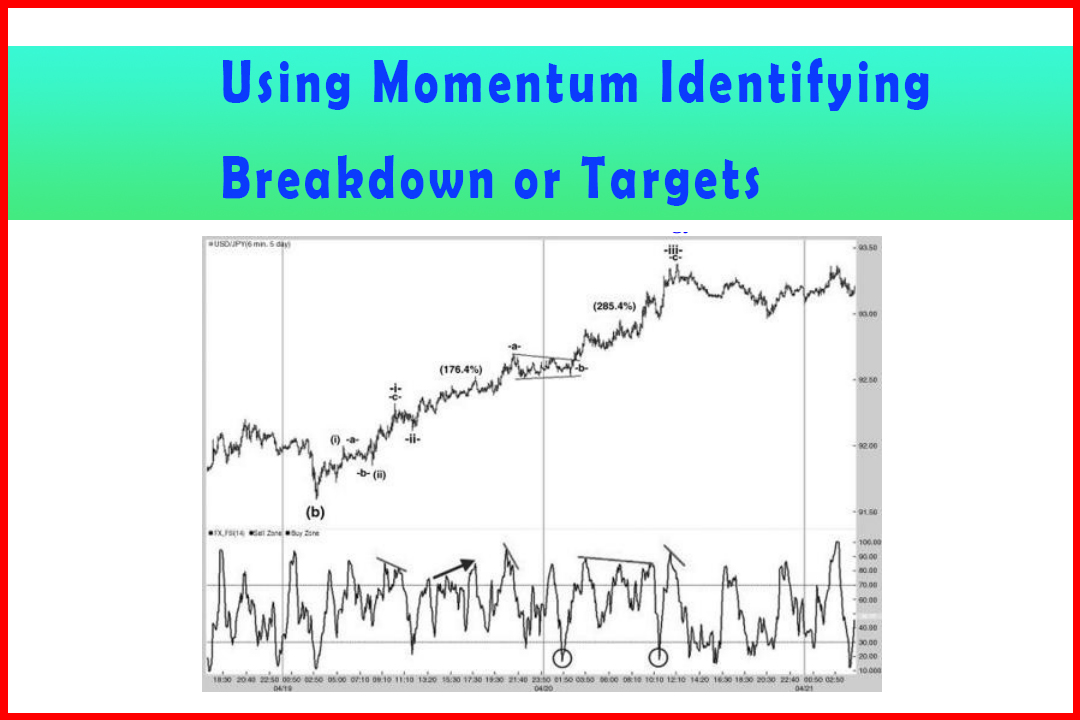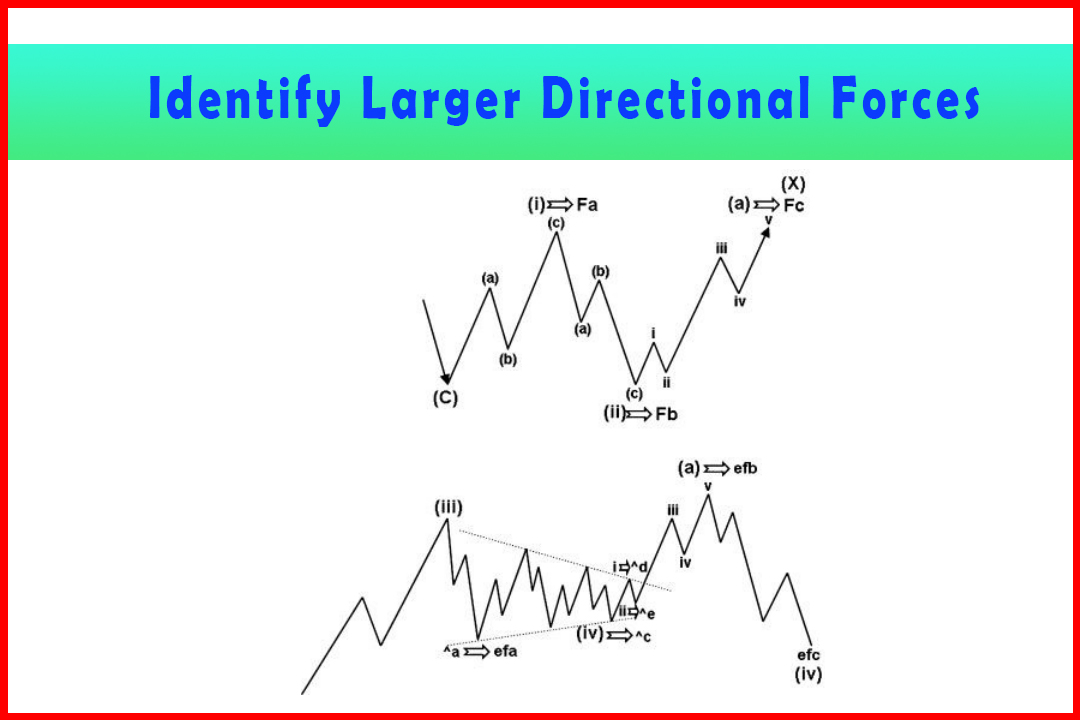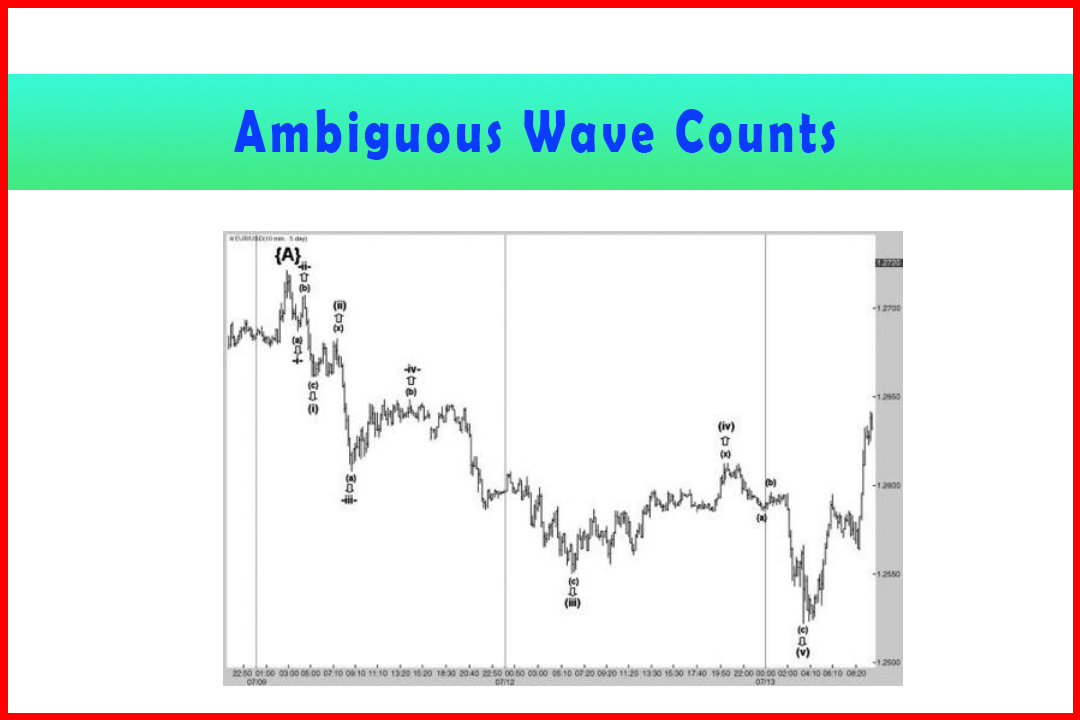Wave Targets (v)
Elliott wave targets, Fifth wave targets, Best Trading Strategy, Best Pattern Trading
Course: [ Harmonic Elliott Wave : Chapter 5: Modified Wave Structure in Forecasting ]
Elliott Wave | Forex | Fibonacci |
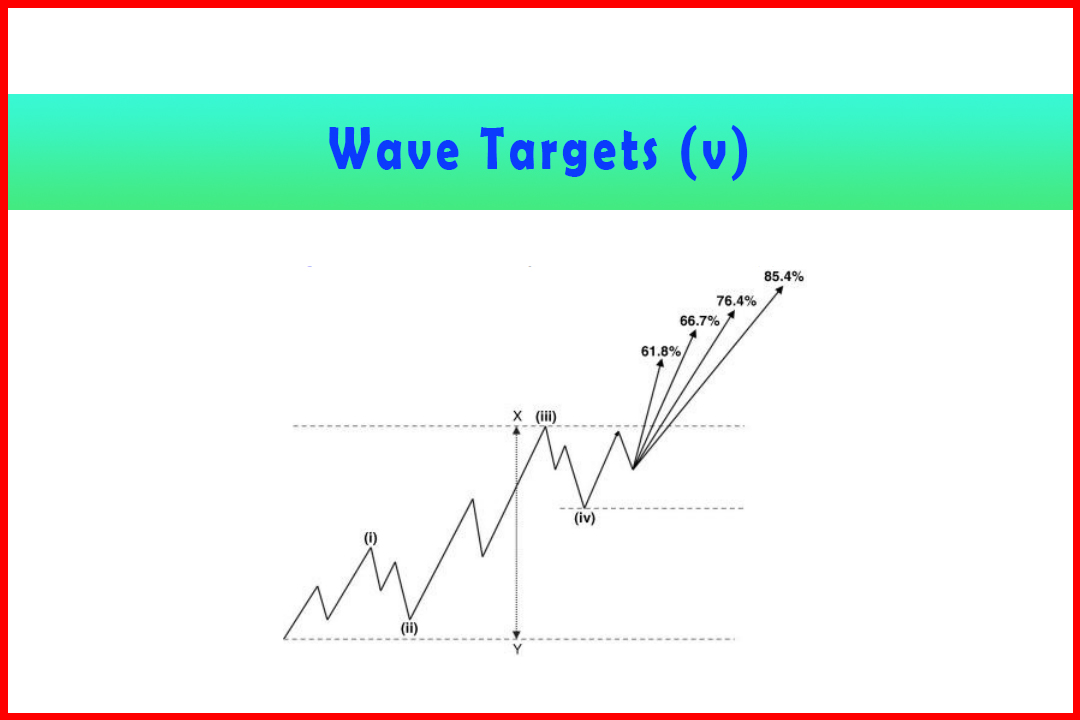
Before considering the possible targets that can be considered for a Wave (v), we have to overcome the problem of knowing which projection ratio to use for the extension of the prior wave development.
Wave (v) targets
Before
considering the possible targets that can be considered for a Wave (v), we have
to overcome the problem of knowing which projection ratio to use for the
extension of the prior wave development.
As already explained in Chapter 4, a Wave (v) most commonly extends by a ratio of the distance traveled from the start of Wave (i) to the end of Wave (iii) and from the completion of Wave (iv). In Figure 5.12 this would imply:
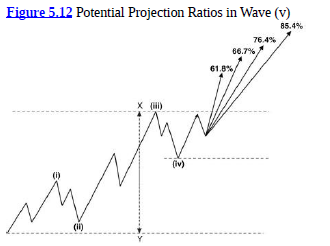
Wave (iv) + (X - Y) * ratio
In
my experience I have found 66.7% probably to be the most frequent extension.
However, there is no way of truly knowing in advance whether it will stall at
the shorter 61.8% or even the extended wave ratio 85.4%. Indeed, it is not
impossible for an extended Wave (v) to meet a wave equality target.
Perhaps
the simple answer is that since internally a Wave (v) is constructed of an
(a)(b)(c) move, we should look for a normal extension ratio of Wave (a). The
problem here is that Wave (c) can extend by possibly just 85.4% of Wave (a) or
as much as 261.8%. I have also found to my frustration at times that, for
example, a wave equality target in Wave (c) matches with a 61.8% projection in
Wave (v) while a 138.2% projection in Wave (c) matches with a 66.7% projection
in Wave (v), and possibly even a 161.8% projection in Wave (c) matches with a
76.4% projection in Wave (v).
Therefore
we have to look at other possible methods of identifying the eventual wave (v)
completion. What we do know is that a Wave (v) will also always occur either at
the conclusion of a Wave (A) or a Wave (C) of a larger degree. Of the two,
identifying the completion of a Wave (A) is probably one of the most difficult
when considering forecasting. A Wave (v) of Wave (C) should have the same
targets as the projection of Wave (A).
Since
the first instance of a Wave (v) after a reversal comes in the first Wave (a),
the guidelines I provided earlier in this chapter concerning targets for Wave
(i) (and inherently the Wave (a) of Wave (i)) are relevant. The sort of areas
that were discussed were the Wave (b) of Wave (v), then the Wave (iv) extreme
if it represented a key swing level in the prior trend. It is also not too
unusual for a prior low in a downtrend (or high in an uptrend) to provide a
pivotal barrier on the reversal.
Other
areas to observe are periods of congestion which generally provoke a reaction
when retested, and in a non-aggressive Wave (iii) the Wave v of Wave (a) can
often stall around the extreme of the Wave (i). Another fairly common
occurrence I have noted on many occasions is that in an extended Wave (iii) in
which the Wave (a) of Wave (iii) stalls some distance past the extreme of Wave
(i), the stalling point can be a projection of Wave (i). For example, it may be
a wave equality target of Wave (i) or even a 138.2% projection of Wave (i). If
the structure of the Wave (a) is rather messy it can cause confusion as to
whether the end of Wave (a) is actually Wave (a) or the end of Wave (iii). It
is therefore important to be attentive to the structure of the move from the
Wave (ii). Even then, if there is a wave equality target in Wave V of Wave (a)
that ends at a 138.2% projection of Wave (i), it can be mistaken as being a
short Wave (iii).
Instead
of repeating several examples I would suggest that the reader should scan over
previous examples and note the various types of targets in Wave (v).
Harmonic Elliott Wave : Chapter 5: Modified Wave Structure in Forecasting : Tag: Elliott Wave, Forex, Fibonacci : Elliott wave targets, Fifth wave targets, Best Trading Strategy, Best Pattern Trading - Wave Targets (v)
Elliott Wave | Forex | Fibonacci |
